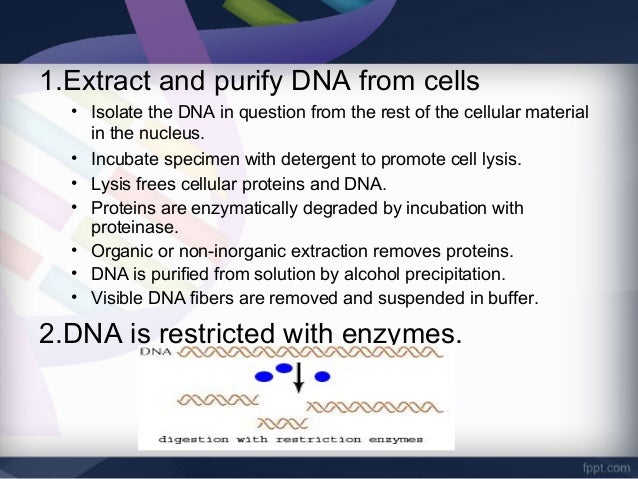
The use of Southern blotting is increasing in the field of genetics and forensic science, which is expected to boost the demand for advanced drug discovery and development. This technique is also applicable in DNA fingerprinting techniques such as paternity and maternity testing, criminal identification & forensic and personal identification. The technique is also used in phylogenetic analysis, diagnosis of HIV-1 and infectious diseases, restriction fragment length polymorphism (RFLP), prognosis of cancer, and prenatal diagnosis of genetic diseases. Southern blotting is used in various molecular biology processes to identify a specific DNA in a large DNA sample to separate a desired DNA for construction of rDNA and to identify mutation, deletion, and gene relocation. Under an ideal condition, the expected detection is 0.1 picogram of the DNA, for which the probing is done. Short probes tend to be more specific for target DNA. The number of DNA fragments required for the Southern blotting technique depends upon the size and activity of the DNA probe. After the immobilization now DNA fragments, can be exposed for hybridization analysis. Southern blotting is defined as a technique which is used to transfer DNA fragments from an electrophoresis gel to a membrane support for immobilization of DNA fragments so the membrane brings a semi-permanent replica of the banding pattern of the gel. The probe can identify a target molecule in a mixture of millions of related but non complementary molecules. This is a specific process in which the single stranded DNA probe binds only with target DNA with complementary sequence. Hybridization is a process by which a single stranded DNA probe converts into a double stranded DNA by combining with a single stranded target DNA.


It is based on the hybridization principle. This technique was first developed by E.N. In molecular biology, a Southern blot is a technique for finding an exact DNA sequence in a sample of DNA.


 0 kommentar(er)
0 kommentar(er)
